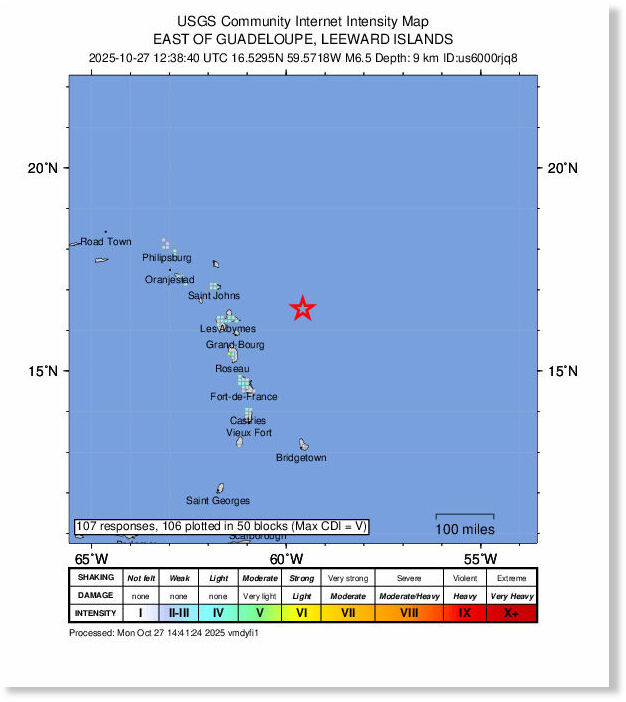Tropical Storm Melissa to strengthen into major hurricane: Latest forecast
Tropical Storm Melissa is expected to intensify into a major hurricane over the weekend and bring catastrophic flash flooding and landslides to parts of the Dominican Republic, Haiti and Jamaica.
Here’s the latest forecast:
Melissa is expected to become a Category 4 hurricane by Sunday as it lashes the Caribbean with heavy rain and destructive winds
Hurricane conditions are expected to first hit southern Haiti on Saturday and then reach Jamaica on Saturday night or Sunday morning.
It could potentially be the strongest hurricane to impact Jamaica in more than 35 years and could potentially be a multi-day major hurricane event Sunday through Tuesday as Melissa strengthens and moves extremely slowly near or south of the island.
The storm has already led to the death of an elderly man in Haiti who was killed by a downed tree, according to The Associated Press.
On Friday evening, Tropical Storm Melissa continued to churn about 215 miles southeast of Kingston, Jamaica, moving at only 2mph. This extremely slow movement looks to be the trend for several more days, which gives it more opportunity to significantly intensify.

Tropical Storm Melissa to strengthen into major hurricane: Latest forecast
Tropical Storm Melissa is expected to bring catastrophic flash flooding and landslides to parts of the Dominican Republic, Haiti and Jamaica.








